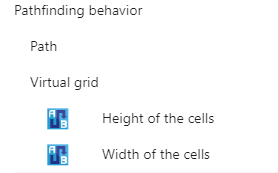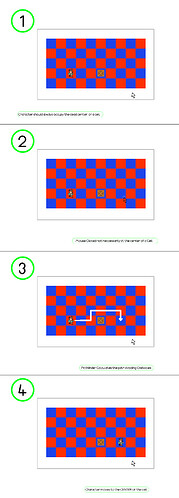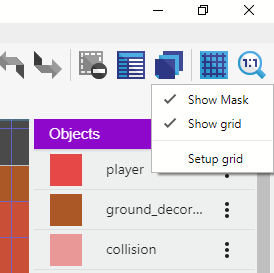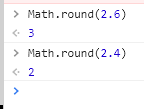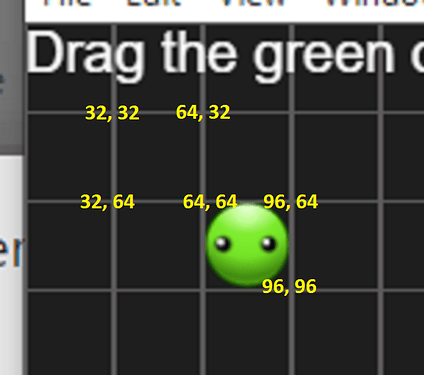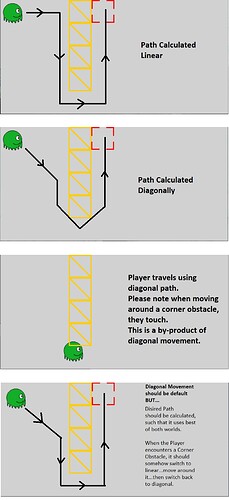Hello,
Another newbie here.
I am beginning to work on a top-down view RPG style adventure game. I am looking for a solution so that my Player character will move using Pathfinding behavior. Additionally, the player must strictly adhere to grid-based movement traveling from one cell to another. As usual, due to the pathfinding behavior, the obstacles (kept in certain cells) will be avoided.
In other words, when the mouse is clicked in one of the cell, the destination must always be rounded off at the CENTER of that cell, thus the Pathfinder must consider this center point as destination and the player should travel to that point.
The grid doesn’t need to be visible.
I am not all good at Math or Logic, so I am kinda stuck even after referring at the examples provided within Gdevelop.
I would really appreciate if someone could guide me on to approach the logic for this. And also please suggest the appropriate Gdevelop expressions that need to be used for this.
I am not even sure if the method discussed above would be the best way to get the desired effect. Alternate solutions are welcome.Thanks in advance!
P.S. I am not looking for snapping effect. The Player has to walk from one cell to (say) a far away cell.
